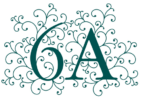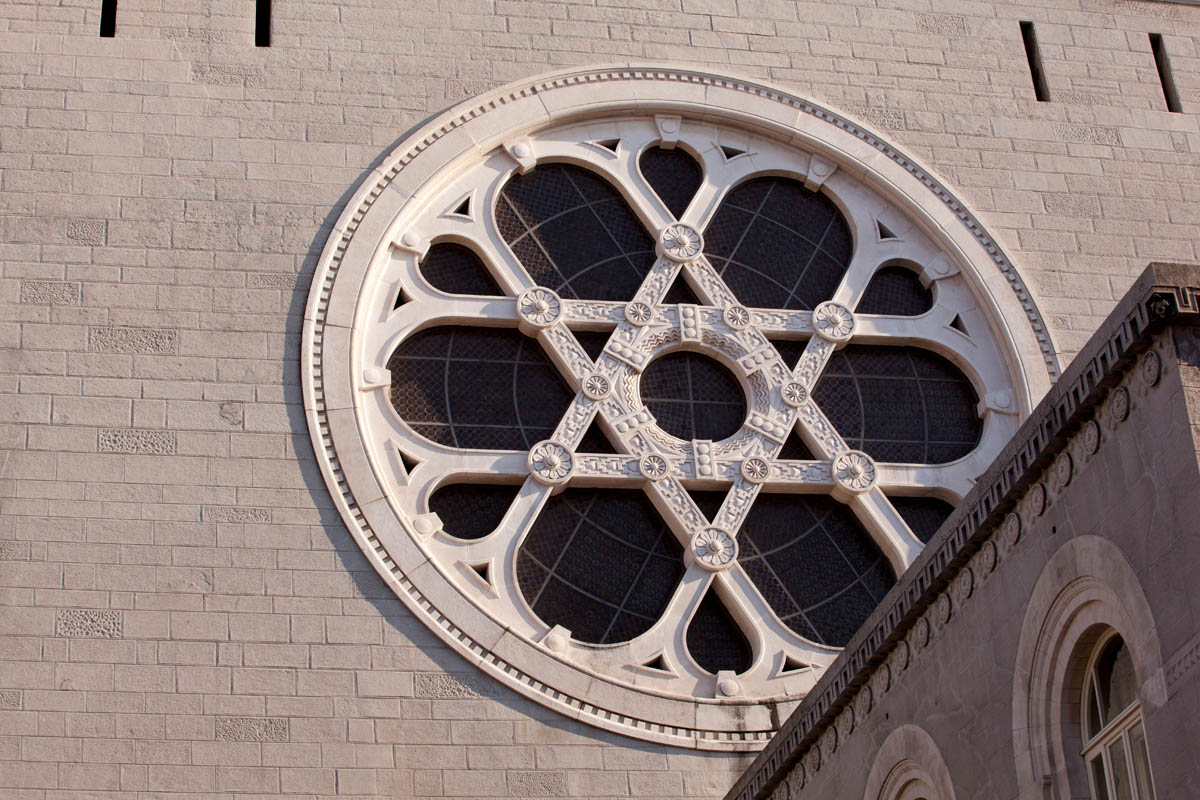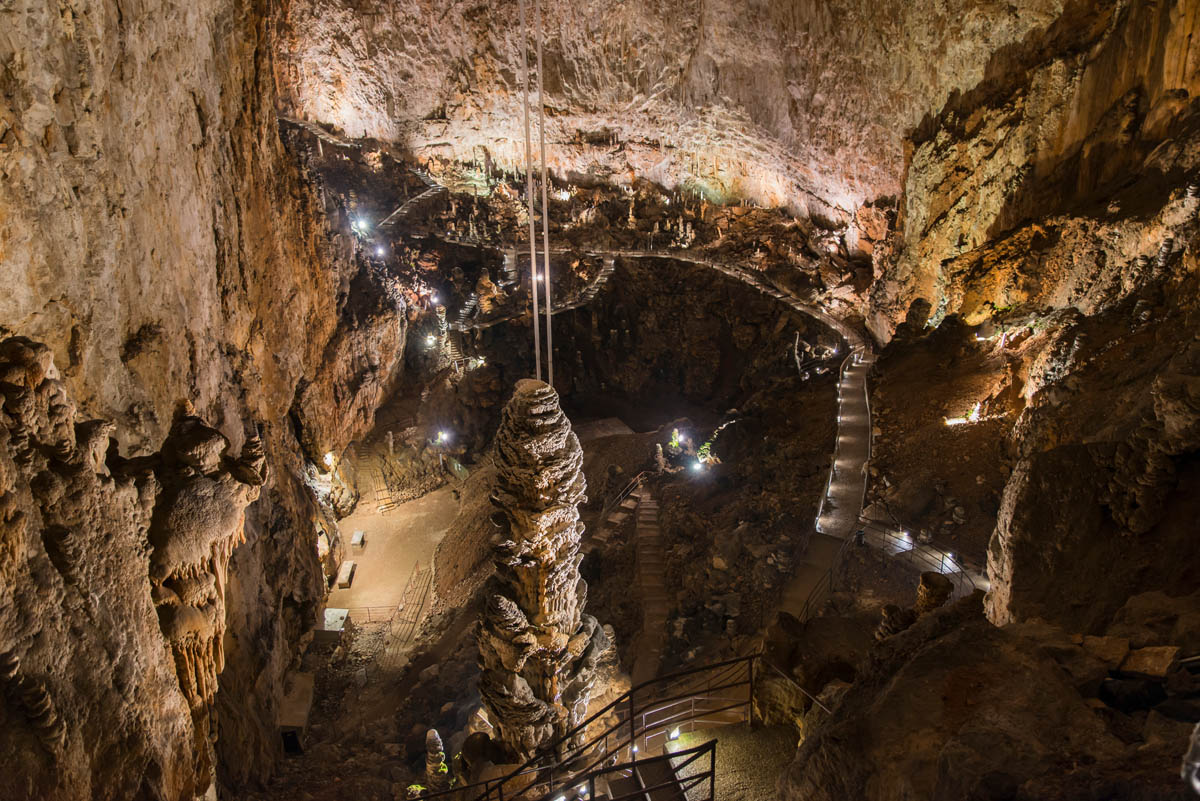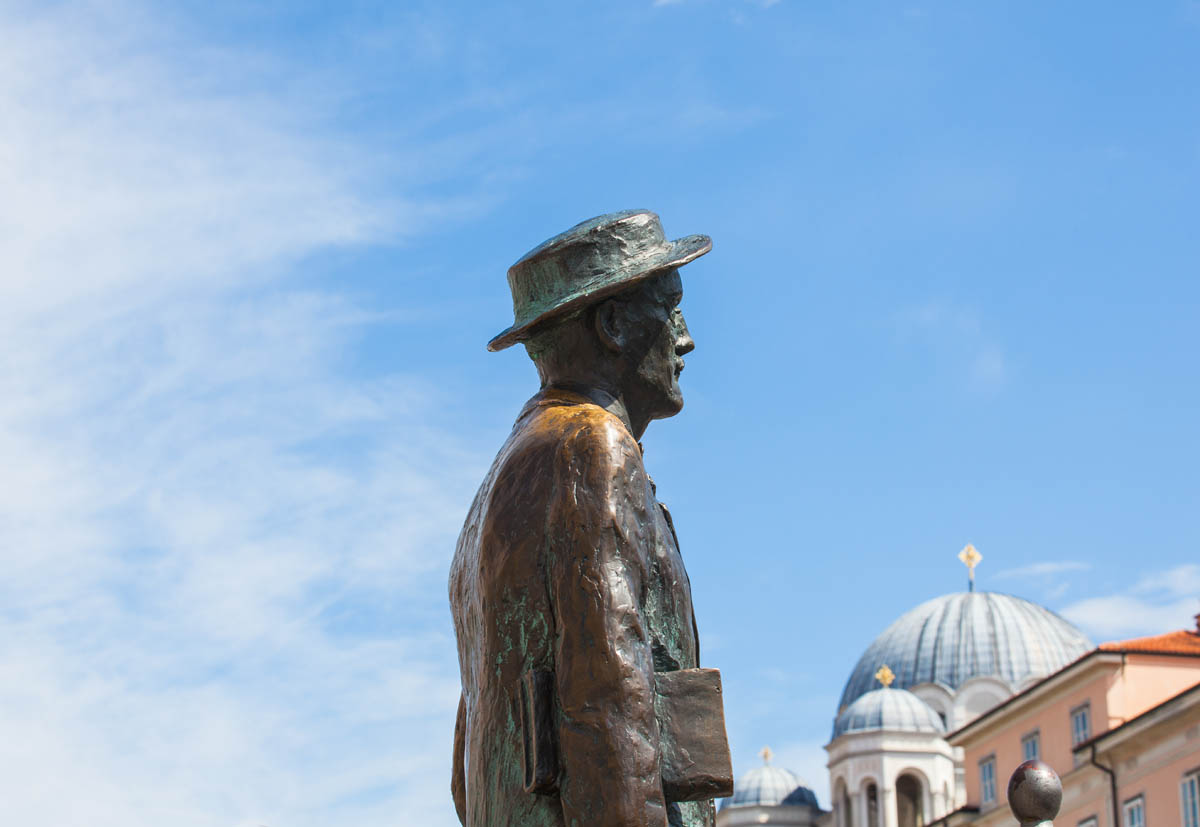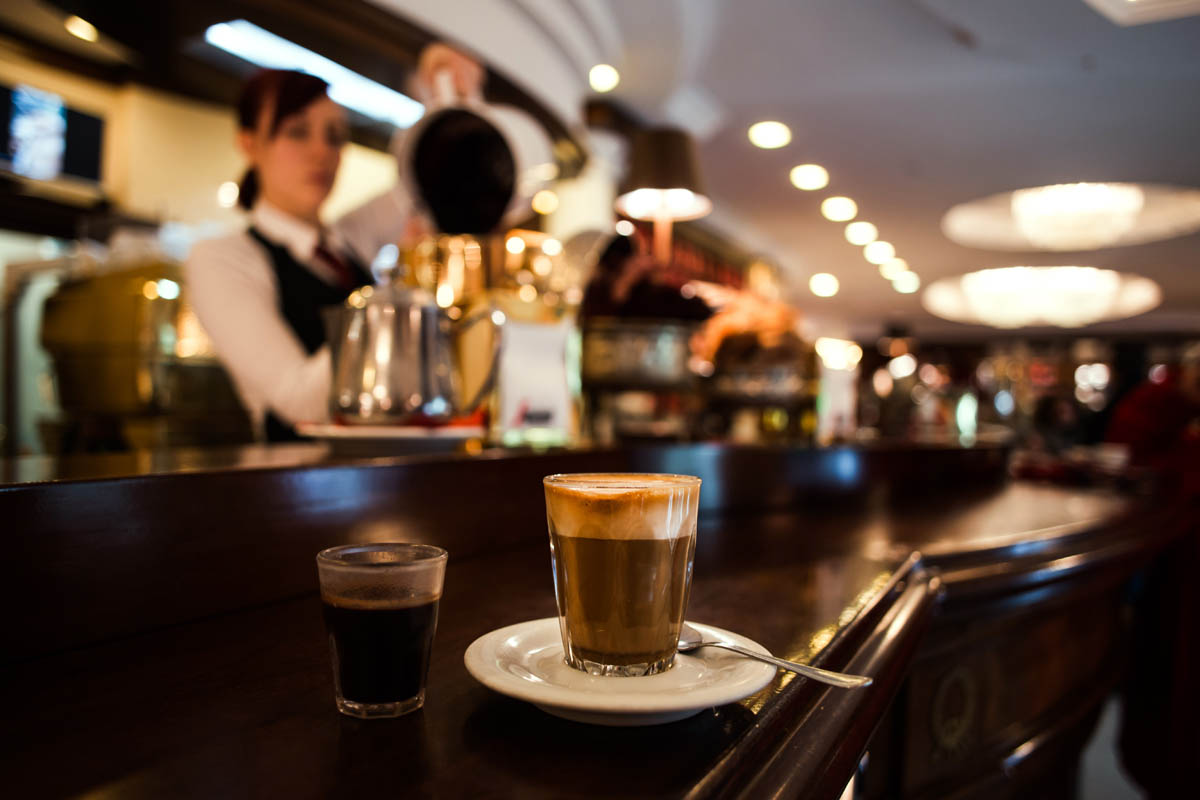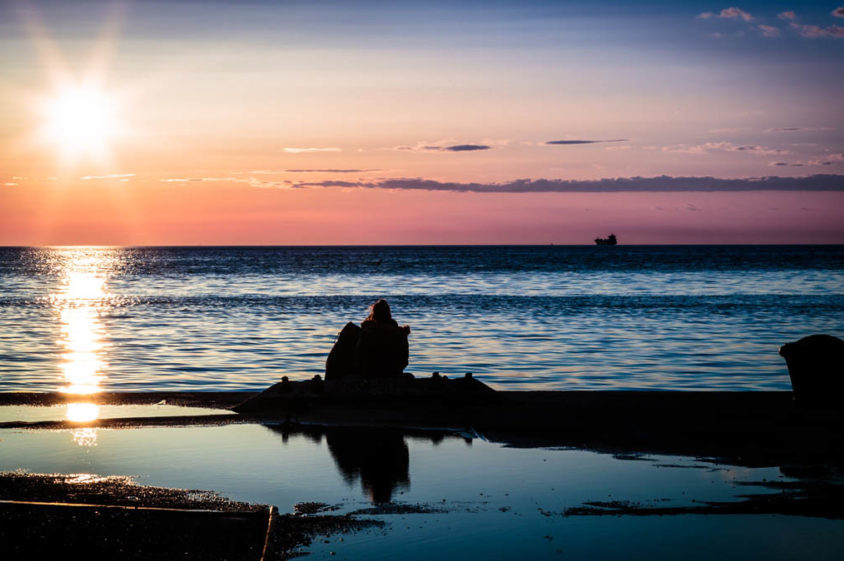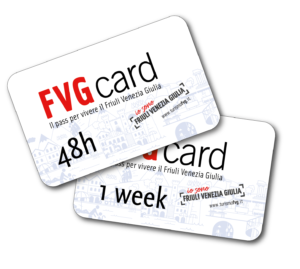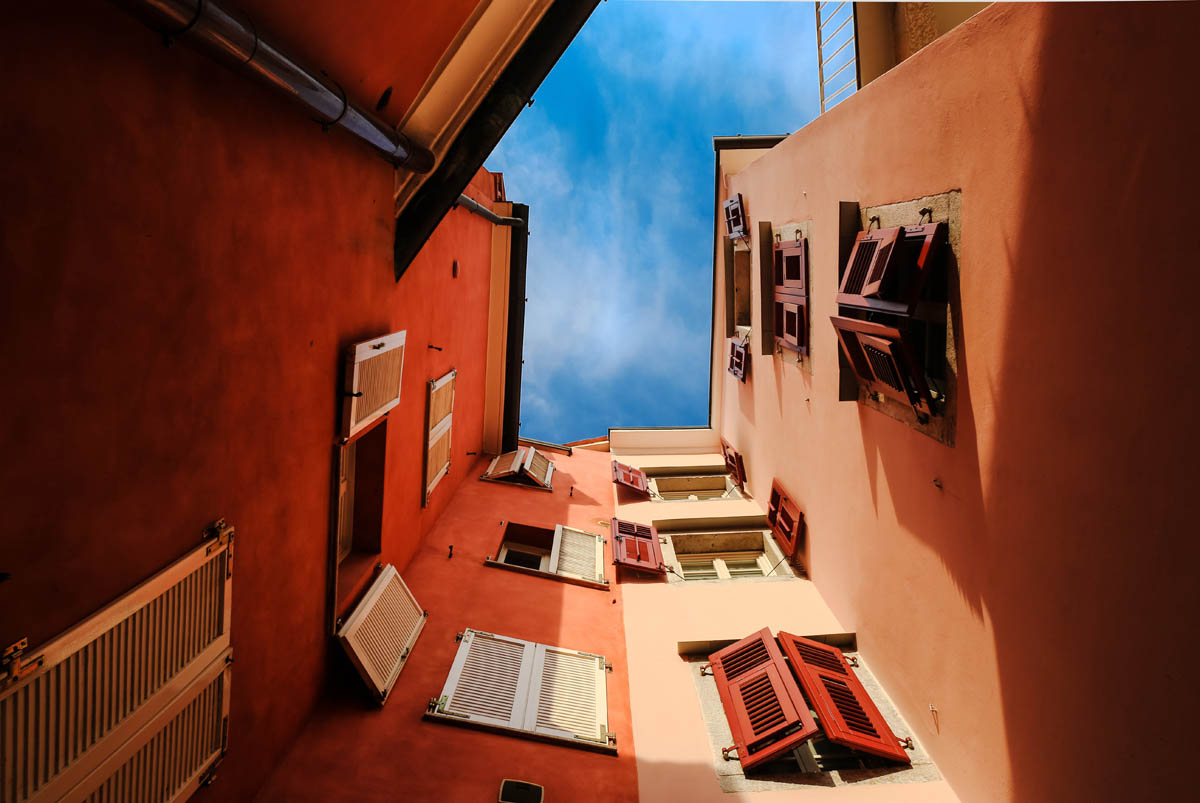
The Jewish ghetto is a tangle of small streets now characterised by second-hand bookshops, antiques and trendy clubs, and is located immediately behind Piazza Unità, reflecting the community’s crucial role in Trieste’s history. It was once a swarm of voices and colours with merchandise displayed in bulk, and it was from that Jewish ghetto that Trieste stole the expression “gheto” as a synonym for hubbub, din, confusion.
The ghetto was established in 1693 in the area near Città Vecchia, but after lengthy protests by the 11 Jewish families of the time, who found it ruinous to be located far away from their trade, the Riborgo ghetto was established – precisely in the area of Piazza Unità – also to ensure the nocturnal surveillance of shops where Ashkenazi Jewish families had already been established for at least two centuries In 1784 the gates of the Trieste ghetto opened with Emperor Joseph II’s Patents of Tolerance, which brought greater freedoms to the Trieste community compared to others. The ghetto was abolished in 1785.
We must keep in mind that the Jewish community represented a key piece of the Habsburg Empire’s mercantilist policy that had made Trieste a Free Port in 1719. In fact, the Jewish population played an important role in the economic life of the city in the 1800s. Here are a few examples: Giuseppe Lazzaro Morpurgo founded Assicurazioni Generali; Elio Morpurgo – director and president of the Lloyd Austriaco company – represented the Trieste Chamber of Commerce at the opening of the Suez Canal, and Teodoro Mayer founded the newspaper Il Piccolo.
Today only a small part of the ghetto remains, which housed no less than three synagogues. Much of the ghetto was dismantled in the 1930s. Benito Mussolini proclaimed the racial laws in Trieste in September 1938, which sanctioned the complete expulsion of Jewish citizens from civil society. Today in Piazza Unità, near the Fountain of the Four Continents, there is a plaque to remind us not to forget what has taken place.
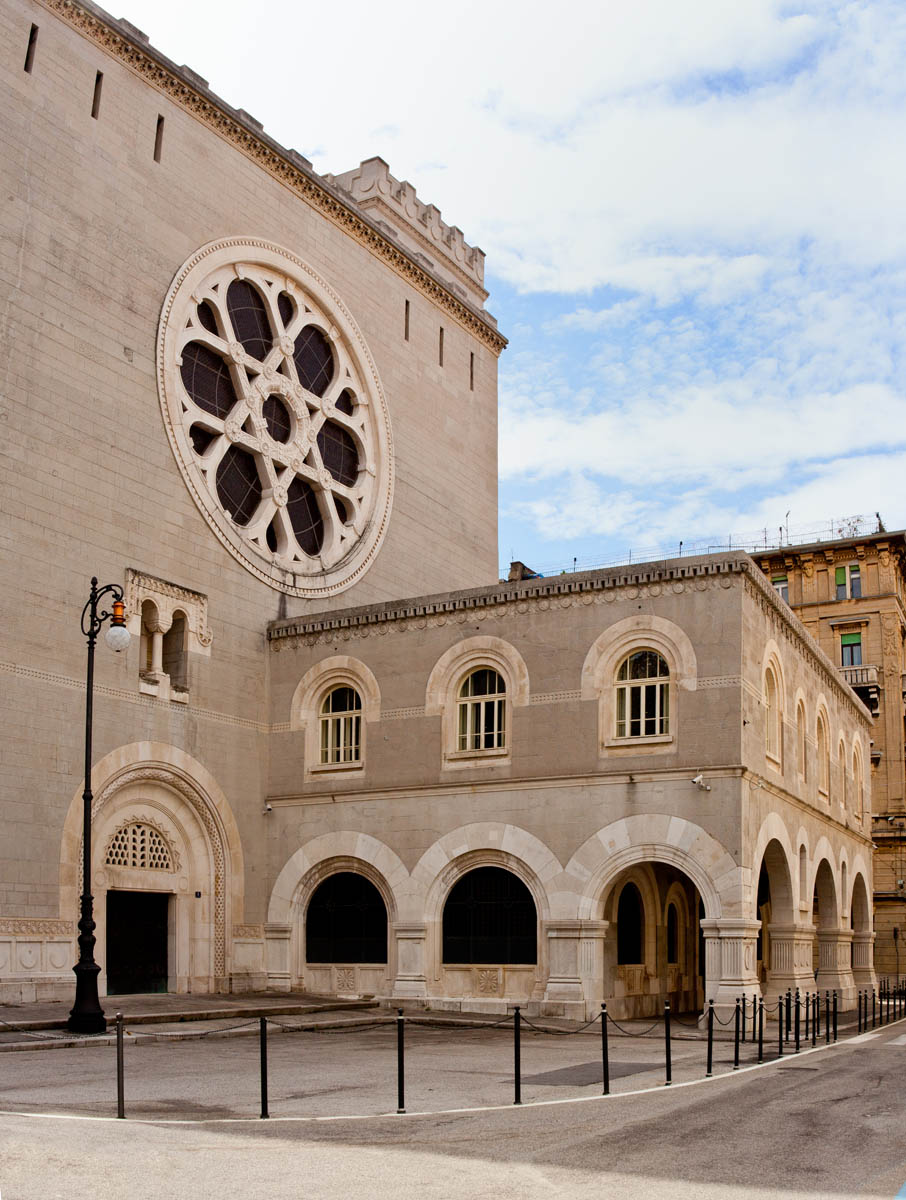
Jewish itineraries: not just the ghetto
The history of Trieste’s Jewish community is strongly intertwined with that of the city, and there are many places to visit following the story line of Jewish Trieste, first and foremost the Jewish Temple.
The only remaining synagogue of the four that once existed, it was designed by Ruggero and Arduino Berlam and decorated by Piero Lucano. Inaugurated in 1912, it features a sober Syriac style and a two-tier loggia on one side, making it one of the most interesting synagogues in Europe. All up-to-date information for visiting it is on the Jewish Community website.
DDon’t miss a visit to the “Carlo and Vera Wagner” Museum where you can learn more about the history and social life of the Jews in Trieste, the most important port in the North Adriatic for all those who emigrated to Israel.
Outside the city centre two other sites that we recommend visiting are the Risiera di San Sabba and the Jewish cemetery.
As the only extermination camp in Italy,towards the end of October 1943 the Risiera di San Sabba became a police detention camp for sorting deportees to Germany and Poland and storing looted goods, as well as for the detention and execution of hostages, partisans, political prisoners and Jews.. In 1944, a crematorium was put into operation, which led to the death of thousands of people. There were far greater numbers of prisoners and Jews who were rounded up and passed through the Risiera before being shunted to the Third Reich camps. The Risiera remained active during the eighteen months of Nazi occupation. In 1965, the Risiera di San Sabba became a national monument. After its renovation in 1975, it housed the Civic Museum,which was refurbished in 2016, where it is possible to visit the same spaces experienced by the prisoners: the solitary confinement, torture and death cells. Documents and personal belongings of the prisoners are also on display.
Also outside the city centre is the Jewish cemetery, which, with its tombstones inscribed in Hebrew juxtaposed with Latin, Czech, Russian, German, French, English, Hungarian, Samaritan and Ladino, once again testifies to Trieste’s multi-ethnic soul. Walking through the cemetery it is possible to come across monumental tombs of families such as those of the Morpurgos or the Stocks.

Intellectuals and artists in the Jewish community
Trieste has hosted many intellectuals and artists of Jewish origin who have left important traces in the city’s memory, enriching its distinct cultural and artistic heritage. In the Umberto Saba antiquarian bookshop, you can still breathe in the genius of the poet; the Revoltella Museum exhibits the works of Gino Parin, Arturo Nathan, Arturo Rietti, Vittorio Bolaffio, Giorgio Settala and Isidoro Grünhut; Italo Svevo has a museum dedicated to him and at the San Marco café you can visit the spaces frequented by Giorgio Voghera.
Take a tour of Jewish Trieste with our audio guide
There are many experiences offered by Residenza le 6A, among them an in-depth Jewish Trieste itinerary for an autonomous and independent visit. When you select this experience, we will offer you a guided tour with an audio guide, but that’s not all: you will also learn more about the history of the Jewish community, we will introduce you to the festivities and the culinary traditions, and finally you will discover new aspects of illustrious personalities such as Italo Svevo, Giorgio Voghera and Fiorello La Guardia.
Retrace a Jewish itinerary with a professional guide
For more in-depth study, we can arrange for you a tour of the city with a professional guide specialising in Jewish history who will take you through the ghetto and many other places.
For more information write to us at info@residenzale6a.it
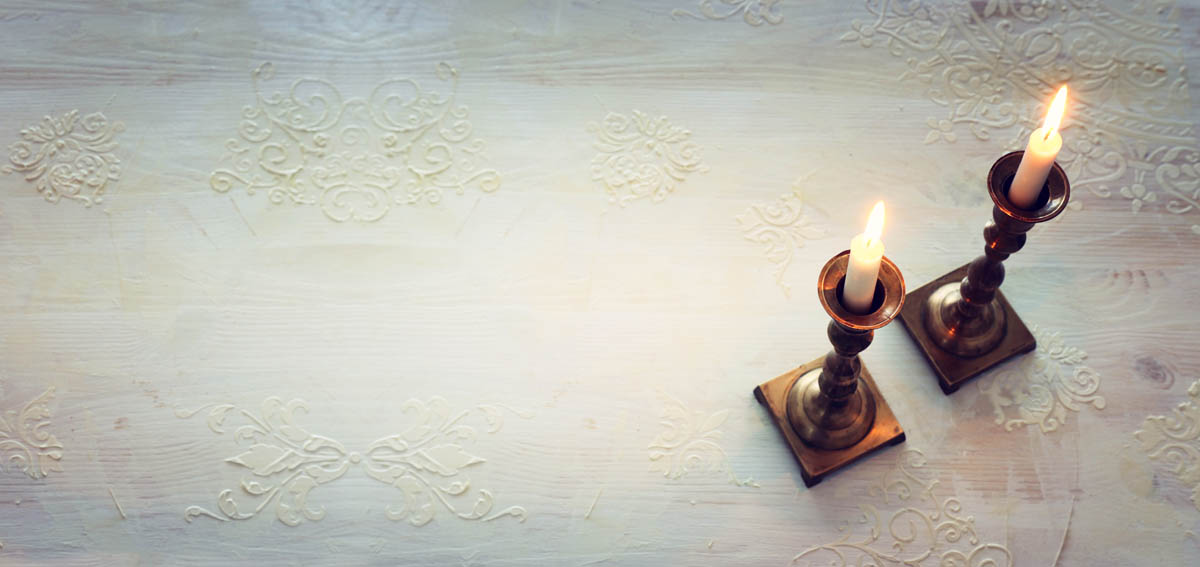
Are you of the Jewish faith?
Residenza Le 6A is designed to offer hospitality to those with specific needs: a kosher breakfast is available on request, or if you choose one of the studios in the Settima A we can equip the kitchenette with food for you to cook a quick meal, also kosher. If you wish to observe Shabbat, we will find you the keys to enter the facility and set the room lights.
For more information write to us at info@residenzale6a.it
